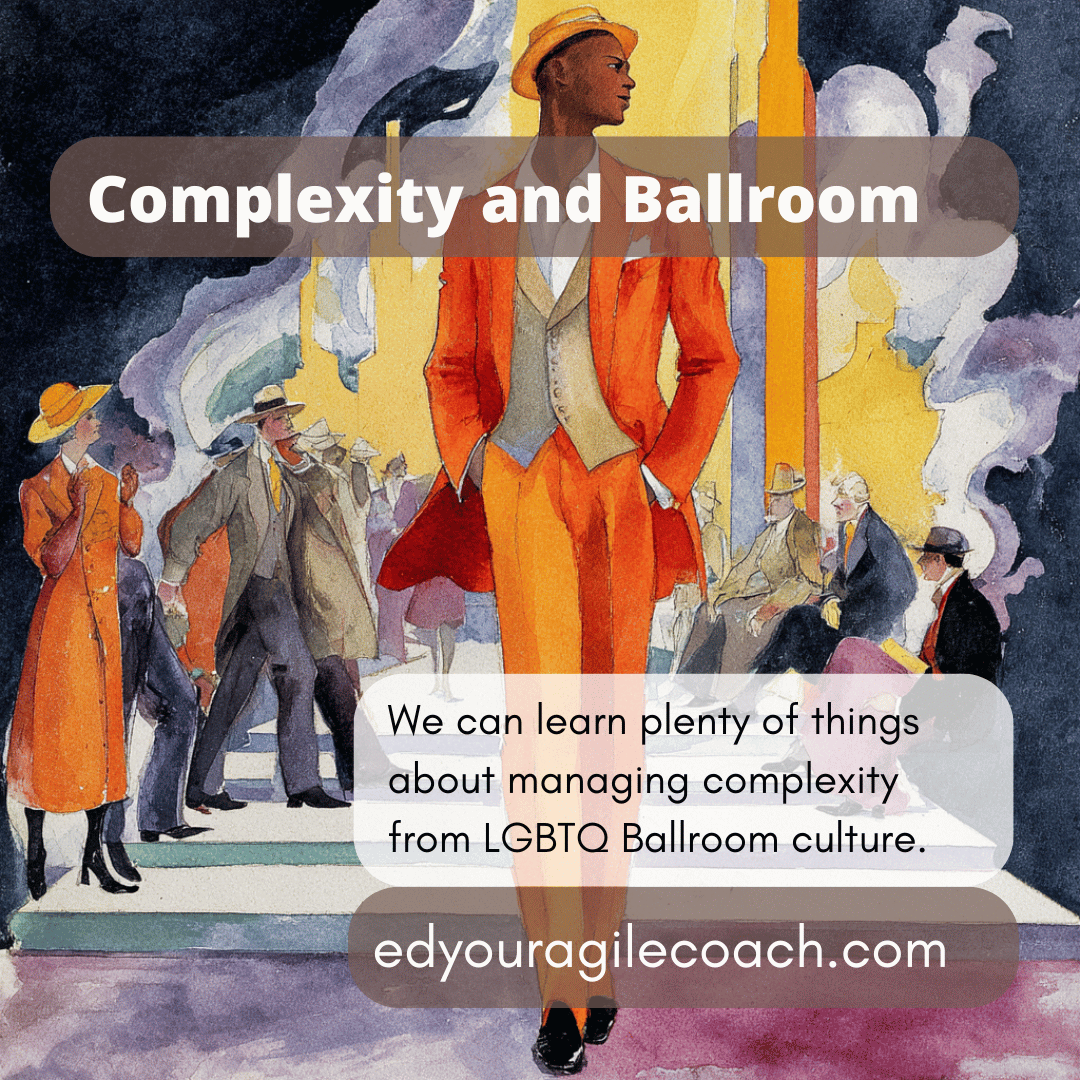The control and change paradox in your projects.

The most significant conflict in project management is the friction between two different ways of seeing the world. The one side is obsessed with control and process. The other embraces the changing needs of customers and the global economy. Often, one group of individuals is in charge of others who have radically different views on running the business and its projects. It is worth taking some time to discuss what this means for Agile and organizational change.
Over my career, I have discovered that corporate environments are feudal Executive Vice Presidents lord over Vice Presidents, who oversee Directors who provide orders to Managers who work with line employees to deliver value to customers. Power and responsibility concentrate at the top of this pyramid of power. The lower you go in an organization, the more responsibility workers have, but little authority or leeway to carry out those responsibilities. It is a recipe for burnout and dissatisfaction. Unlike many white-collar workers who spend an average of four years at an organization, people at the director level spend decades climbing the ladder to receive more power, perks, and privileges. These are people pickled in the cultural juices of the organization and enforce acceptable behavior.
These individuals comprise an organization's primary leadership cohort and explain why change can be tricky. Often, a new leader must account for this inertia and find ways to get them to buy into new concepts and directions. What will not be negotiable is changes in power or status that come with their position and tenure. Also, these people value control and attention to detail, so when confronted with the improvisational nature of agile or customer service, they cannot function.
I have witnessed this firsthand while working at a central bank during a software upgrade. My job was to lead testing and conduct reports. I sent out the first report and received a message from a vice president who said I used the wrong typeface in the email. I used the Windows default font of Calibri and eleven-point type, which was terrible, and all correspondence for this project should be 10.5 Helvetica type. The order left me dumbfounded. Never in my lifetime did the font used on an email determine the success or failure of a project, but for the project sponsor and Vice President, it was a severe transgression. I resisted asking this individual if the font I used in my correspondence impacted the dividend or bonus structure. I knew such an inquiry would get me rolled off the project.
The person I worked with was with the organization for twenty years, and the font was a minor detail, revealing more significant mistakes or problems. They received promotions and power spotting these details and enforcing processes. Hence, introducing a different font size and type represented a risk to the business and their career. It explains why many senior people at organizations are obsessed with control because anything unexpected or different represents a threat. Those who believe in a top-down approach to decision-making reject the idea of empowering workers to make choices about their work. It explains why agility often faces resistance on a cultural level at large organizations, particularly banking, insurance, and finance.
The agile manifesto embraces change and deviation from plans. It often creates shrieks of terror from project professionals or executives because change undermines the careful control the executives have cultivated over decades of a career. To minimize change and ensure every dollar is spent wisely, many multi-million dollar projects have layers of bureaucracy and steering committees. It is like asking a symphony conductor to lead a jazz orchestra; they can do it but will not excel.
People with a strong need for control populate a segment of your organization. They find it challenging to collaborate with creative individuals who embrace ambiguity and can adapt on the fly. It is a formula for conflict, and since the more controlling people in the organization have more power, those who can handle change are banished from the organization. It creates a more sour culture and will curdle into something that undermines the business mission.
Agile does not reject planning or process, but we understand that we can and must adapt to change if we are less focused on power and control. Shipping working solutions means tolerating chaos; otherwise, stagnation will follow.
Until next time.




Comments ()